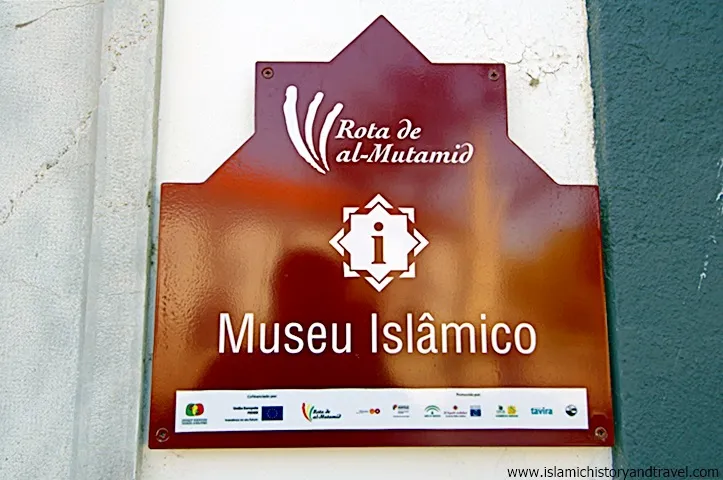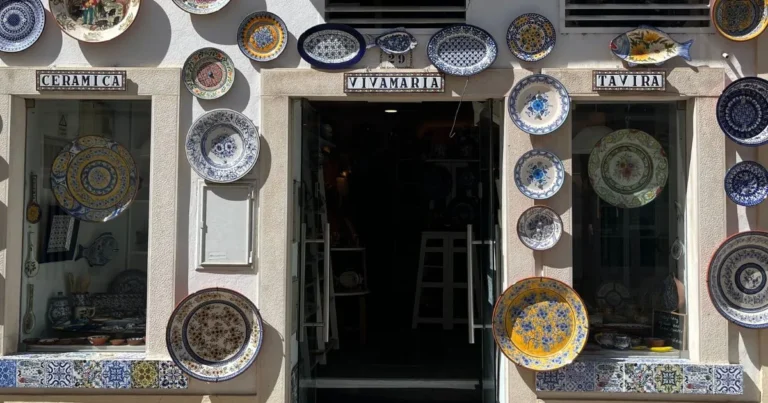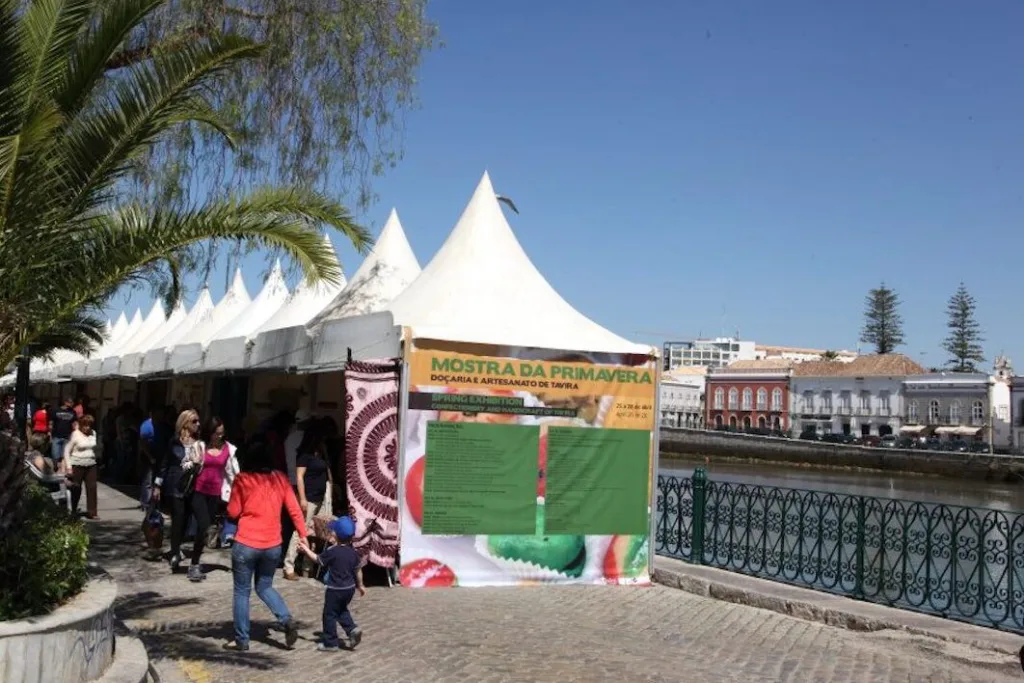Start your journey right from the doorstep of Taste Tavira AL and step back in time through the winding streets of Tavira, where the city’s Moorish past lingers in its architecture, urban design, and cultural symbols. Though more than seven centuries have passed since the Christian reconquest of 1242, the legacy of al-Andalus remains etched into the soul of this peaceful Algarve town.
A Descent Through Time
Begin your walk down Rua Manuel Virgínio Pires, a quiet residential lane that descends gently toward the railway underpass. Passing the Bombeiros Voluntários, you enter a lesser-traveled route into the heart of Tavira’s old town — one that avoids the traffic and invites a slower pace, perfect for spotting architectural clues from the past.
Here, whitewashed houses with flat, cubic roofs, modest patios, and high-walled privacy evoke building styles inherited from Moorish settlers. These forms, brought over from North Africa and adapted for the Iberian climate, still shape the visual identity of Tavira today.
Winding Streets and Ancient Layouts
Continue through Rua da Liberdade et Rua José Pires Padinha, two sinuous streets that reflect the labyrinthine layout typical of Islamic cities. Narrow, shaded, and pedestrian-friendly, they recall a time before urban grids — when shade and proximity were more important than carriages and symmetry.
Many of the facades may have changed, but the skeleton of the Moorish medina remains: small-scale buildings huddled close together, protecting against the sun and inviting neighbors to linger and talk.
Echoes in Details: Arches, Tiles, and Twin Chimneys
Climb gently toward the Église de la Miséricorde et Château de Tavira, and observe the horseshoe arches, azulejos with geometric patterns, and ornamental tilework reminiscent of Islamic craftsmanship. Many of Tavira’s chimneys — especially the iconic twin chimneys — may also trace their form back to North African influences, blending beauty with function.
In artisan shops or private doorways, you may also spot the Hand of Fatima (Mão de Fátima ou Hamsa): a symbolic palm-shaped amulet said to protect homes from harm. This enduring symbol, shared by both Islamic and Sephardic Jewish traditions, reflects the spiritual tapestry of the Algarve.
The Bridge That Connects Eras
Eventually, your route brings you to Tavira’s iconic bridge over the Gilão River. Though commonly referred to as the “Roman Bridge,” most scholars agree it was built or extensively rebuilt during the Moorish period, possibly on earlier Roman foundations. With its seven arches and elegant stone construction, the bridge connects not only the two sides of the town — but also the layered epochs of its history.
Whether Roman in origin or Islamic in spirit, it remains one of Tavira’s most poetic landmarks: a perfect spot to pause, take in the view, and reflect on the town’s rich and overlapping identities.
End at the Islamic Museum: A Deeper Dive into History
Conclude your walk with a visit to the Islamic Museum of Tavira. This museum showcases artifacts from the period of Moorish rule, including ceramics, tools, and religious objects unearthed during local excavations.
One of the highlights is the “Vaso de Tavira”, a rare 11th-century ceramic piece that may have had symbolic or ritual significance. The museum not only offers insight into daily life under Islamic rule but also contextualizes how this heritage continues to shape the Algarve’s cultural landscape.
Tavira also forms a poetic waypoint along the famed Ruta de al-Mutamid, a cultural itinerary that traces the life and legacy of the 11th-century poet-king of Seville. Though Tavira was not central to his life, its architectural and cultural echoes place it firmly within the spirit of that lost Andalusian world.





